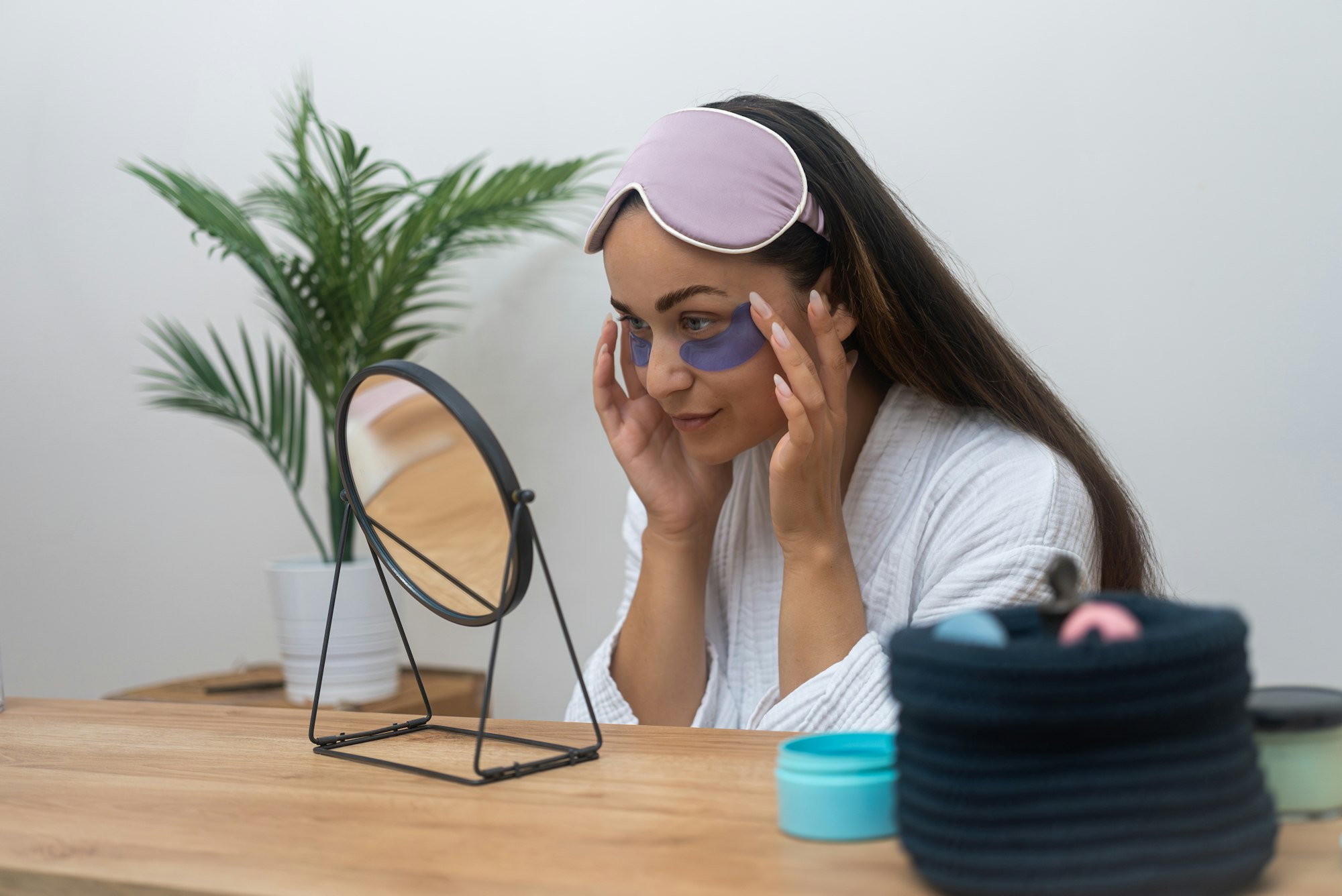Understanding Skin Hydration
Achieving hydrated skin is essential not only for maintaining a fresh look but also for ensuring overall skin health. Skin hydration plays a significant role in preserving the barrier function of the skin, preventing irritants and pollutants from penetrating deeper layers. One of the primary ways to maintain hydration is through effective moisture retention, which can be aided by consistent use of hydrating skincare products.
Various factors can influence skin hydration levels. Environmental conditions such as humidity and temperature, lifestyle habits, and even diet are crucial contributors. For instance, exposure to dry air or harsh sun can significantly reduce moisture content in the skin, leading to dryness or irritation.
Also read : Unveiling the sensual scents of fabbrica della musa
There are numerous misconceptions surrounding skin moisture. One common myth is that drinking excessive amounts of water alone will sufficiently hydrate the skin. While adequate water intake is vital, it must be complemented by hydrating skincare routines that include serums, creams, and other topical solutions specifically designed to help with moisture retention.
Addressing skin hydration effectively requires a multi-faceted approach. Understanding how internal and external factors affect your skin can help optimise your skincare routine, keeping your skin supple and healthy.
Also to discover : Mastering the art of layering: your essential guide to hydrating serums and spf moisturizers for radiant skin
Essential Ingredients for Hydration
Understanding the importance of proper hydration can transform your skincare routine. Hydrating ingredients are formulated to address the moisture needs of different skin types. Among the most celebrated hydrating ingredients are hyaluronic acid and glycerin. Hyaluronic acid is a powerful humectant, which means it attracts water to the skin, boosting hydration levels and making your skin appear plumper and more youthful. Similarly, glycerin acts not only as a humectant but also assists in maintaining the skin’s moisture barrier.
Humectants work by drawing moisture from the air into the skin, ensuring it stays deeply hydrated. On the other hand, emollients, such as shea butter or ceramides, differ by forming a protective layer on the skin’s surface. This layer effectively locks in moisture and prevents it from escaping; thus, it provides a smooth and soft texture.
When examining product labels, it is wise to look for terms like “water-binding” or “moisture-retaining.” These often indicate the presence of potent humectants or emollients. Understanding these ingredients and their roles can empower you to make informed choices, enhancing your skin’s hydration strategy effectively. Make sure to combine humectants and emollients for a well-rounded approach to moisturization.
Effective Skincare Product Layering Techniques
Achieving optimal results with your skincare routine often requires mastering the art of skincare layering. Understanding the layering techniques and the correct product sequence can dramatically increase the efficacy of your products. Here’s a step-by-step guide to help you layer like a pro.
Timing and Order
Order matters and dictates the effectiveness of each product. Always start with the lightest product, progressing to the heaviest. Begin with a cleanser to remove impurities, followed by a toner to balance pH levels. Next, apply serums — these are potent constrations that are most effective when applied directly to the skin. Allow each product to absorb before moving to the next.
Tips for Maximising Absorption
To boost absorption of ingredients, apply skincare to slightly damp skin. This helps lock in moisture and prevents skin from drying out. Allow time for serums or treatments to penetrate fully before applying moisturiser. This ensures that each product has the chance to work its magic before being sealed in.
Consistency is crucial; regular usage and adherence to layering techniques help the active ingredients perform efficiently, keeping your skin healthy and glowing.
Tailoring Your Routine to Different Skin Types
Understanding how to tailor your skincare routines according to your skin type is essential for achieving optimal results. Individuals with oily skin often struggle with excess sebum, but appropriate product combinations, such as lightweight gels and oil-free lotions, can help maintain balance. Whereas, dry skin demands richer, cream-based products to lock in moisture.
Layering techniques are crucial and should be adjusted for both oily and dry skin types. For oily skin hydration, utilizing a toner followed by a water-based serum before sunscreen can be effective. In contrast, those with dry skin might benefit from layering a hydrating serum under a nourishing cream to ensure their skin retains moisture throughout the day.
Seasons play a significant role in fine-tuning these routines. In winter, even oily skin may require additional nourishment to combat environmental dryness, possibly incorporating a richer night cream. Conversely, during summer, scaling back to lighter formulations will prevent oiliness. Dry skin, on the other hand, needs continuous hydration year-round, with perhaps some additional layers in colder months.
By aligning product combinations, such as those targeting specific concerns, and adjusting layering techniques tailored to the climate, you can create an effective routine that ensures healthy skin all year.
Common Mistakes in Skincare Layering
Navigating skincare routines can sometimes feel like walking a tightrope, especially when dealing with skincare mistakes and product layering errors. One prevalent error is applying too many products at once. This excessive layering can overwhelm the skin, leading to clogged pores or irritation rather than the desired glow. On the flip side, inadequate hydration is also a concern, especially if lightweight serums and gels are used without proper moisturizing. An easy way to troubleshoot is by paying attention to your skin’s feedback, responding to signs of dryness or oiliness promptly.
Balancing hydration pitfalls is crucial. For instance, applying products in the wrong order, such as heavier creams before serums, can create barriers and prevent absorption. The trick is a strategic approach: start light and finish with dense products. Here’s a simple rule to follow: cleanse, tone, apply serums, and then lock in moisture with creams or oils.
Troubleshooting hydration issues might require adjusting the quantity and order of your products. If dryness persists, consider integrating a hydrating serum between your toner and moisturizer. Always remember that every skin is unique; solutions should be tailored to individual needs. Prioritizing correct layering not only enhances skin health but also optimises product efficacy.
Visual Guides and Charts
Interpreting skincare charts can greatly enhance one’s skincare regime by offering clear visual representations. They play a crucial role in comprehending product layering, which can otherwise seem daunting. Imagine trying to understand which product goes first without having any prior knowledge or guidance. That’s where visual aids step in, offering simplicity and clarity.
Infographics are an excellent resource to illustrate hydration guides and techniques. They help convey complex information in an accessible and engaging manner, enabling users to grasp essential steps such as the difference between moisturising and hydrating in skin care. This understanding is particularly crucial for achieving effective skin hydration.
In addition, diverse example charts catering to various skin types aid individuals in customising their skincare routines precisely. For instance, an ideal skincare routine chart for dry skin might emphasise deep hydration tactics, while one for oily skin could focus on balancing and sebum control strategies.
By using these charts and guides, individuals can make more informed decisions, ensuring their skincare efforts are both practical and effective. This tailored approach underscores how critical it is to personalise skincare based on one’s specific needs, ultimately leading to healthier skin.
Summary of Recommended Products
When it comes to recommended skincare, particularly hydrating products, it’s crucial to choose options that truly benefit your skin. Here’s a brief look at some top-notch hydrating products that enthusiasts and experts often rave about.
For those seeking a daily moisturiser, the CeraVe Daily Moisturizing Lotion stands out for its lightweight feel and ability to provide lasting hydration. Infused with ceramides and hyaluronic acid, it’s praised in product reviews for maintaining skin’s natural barrier.
A great option for a hydrating serum is the The Ordinary Hyaluronic Acid 2% + B5. This product garners favourable efficacy ratings due to its ability to deeply hydrate and plump skin, making it a staple in many routines.
For individuals leaning toward hydrating masks, the Laneige Water Sleeping Mask receives accolades for its overnight moisture boost, leaving skin refreshed and revitalised by morning.
These recommended skincare products are easily available online through popular platforms like Amazon and Sephora, or at local beauty stores. Reading through detailed product reviews before purchase can further guide your decisions, ensuring you select the most suitable option for your skin type.











